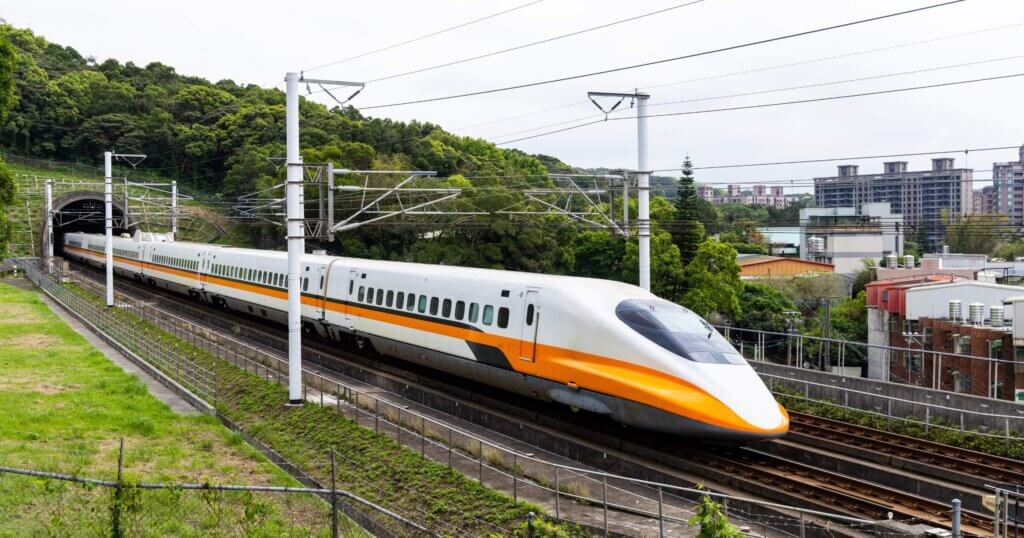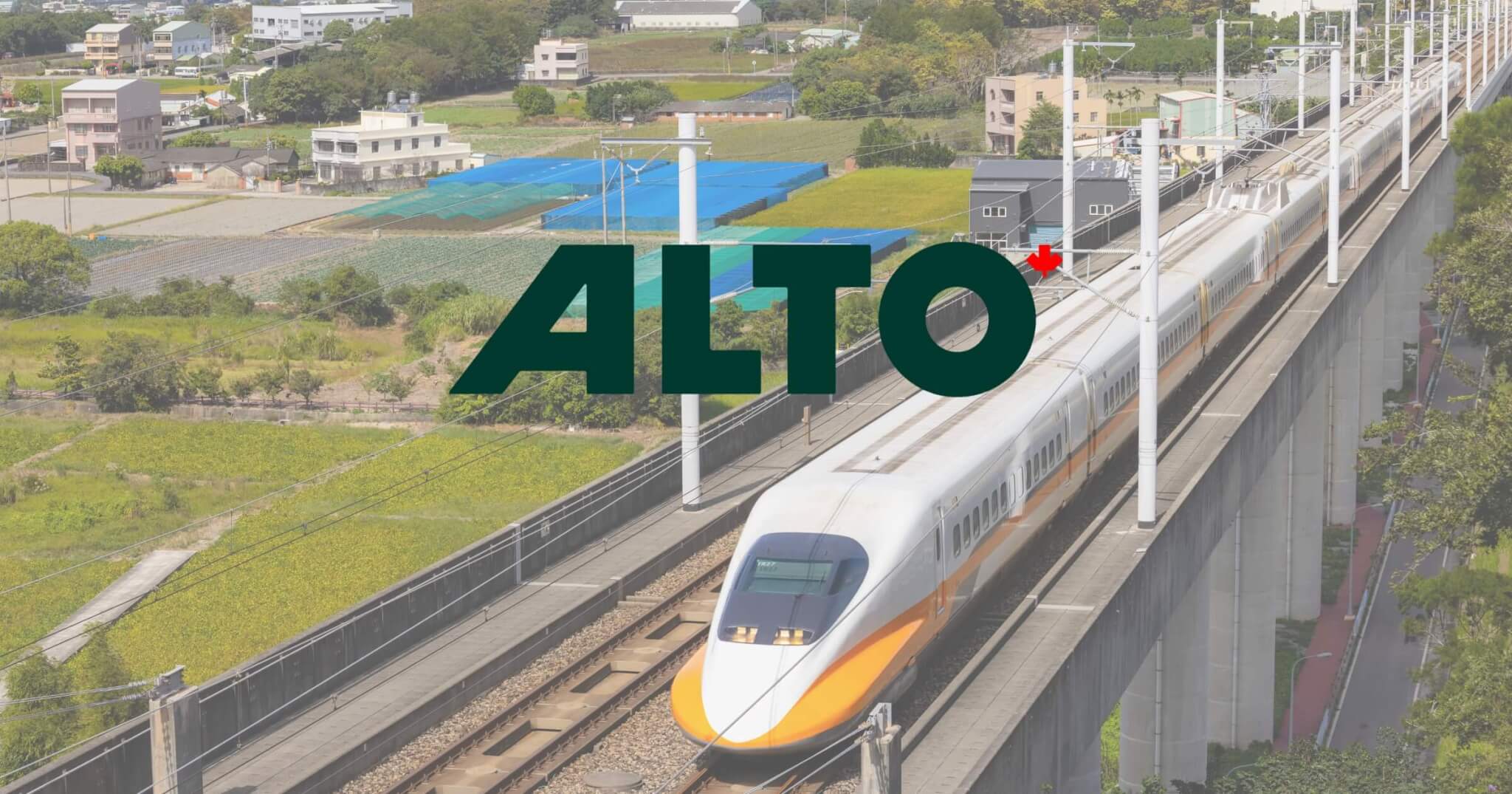Imagine zipping from Toronto to Montreal in just three hours, comfortably seated aboard a state-of-the-art, high-speed train. Canada’s ambitious Alto project is building the first Canadian high speed rail to transform this vision into reality, reshaping how Canadians travel.
Prime Minister Justin Trudeau announced on February 19, 2025, that the Alto project represents a monumental leap forward in Canadian infrastructure. “A reliable, efficient high-speed rail network will be a game changer for Canadians,” Trudeau said.
The Alto rail network will stretch approximately 1,000 kilometers, linking Toronto and Quebec City via trains reaching up to 300 km/h. Key stops include Peterborough, Ottawa, Montreal, Laval, and Trois-Rivières, improving connectivity across these major cities and regions.
What this means for Canadian travel

Canada’s first high speed rail signals a significant shift away from earlier high-frequency rail plans, embracing proper high-speed standards. A consortium named Cadence, led by industry heavyweights including CDPQ Infra, AtkinsRéalis (formerly SNC-Lavalin), SYSTRA Canada, Keolis Canada, Air Canada, and France’s SNCF Voyageurs, has been chosen to steer the project forward. With combined expertise in global rail and transit infrastructure, Cadence is positioning Alto for success.
The benefits of Alto are impressive. Travel between Montreal and Toronto will be halved, shrinking to just three hours—an appealing alternative to air travel once airport security and wait times are considered. This efficiency is expected to attract numerous travelers, reducing congestion on roads and airports. Economically, the decade-long construction phase is projected to create around 51,000 jobs, significantly boosting Canada’s economy with a total impact estimated at up to $24.6 billion over 30 years.
Environmentally, Alto’s fully electric trains align perfectly with Canada’s sustainability goals, drastically cutting carbon emissions from traditional car and air travel. The Alto project highlights Canada’s ongoing commitment to combating climate change and building a greener future.
The project is currently in the co-development stage. The Canadian government has committed CAD 3.9 billion (USD 2.75 billion) for planning, design, and preliminary work over the next six years. This phase will finalize station locations and precise route details. Although an exact completion date remains undetermined, momentum for Alto signals the start of a transformative era in Canadian transportation.
Want more updates on Canadian infrastructure? Subscribe to our newsletter to stay informed about the latest developments in the Alto project and other groundbreaking initiatives.


